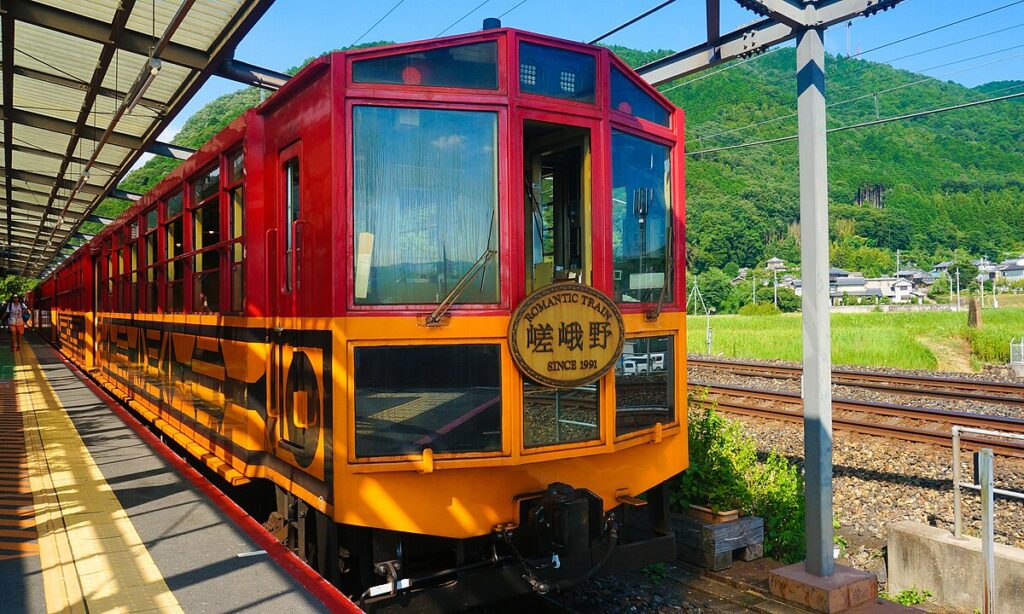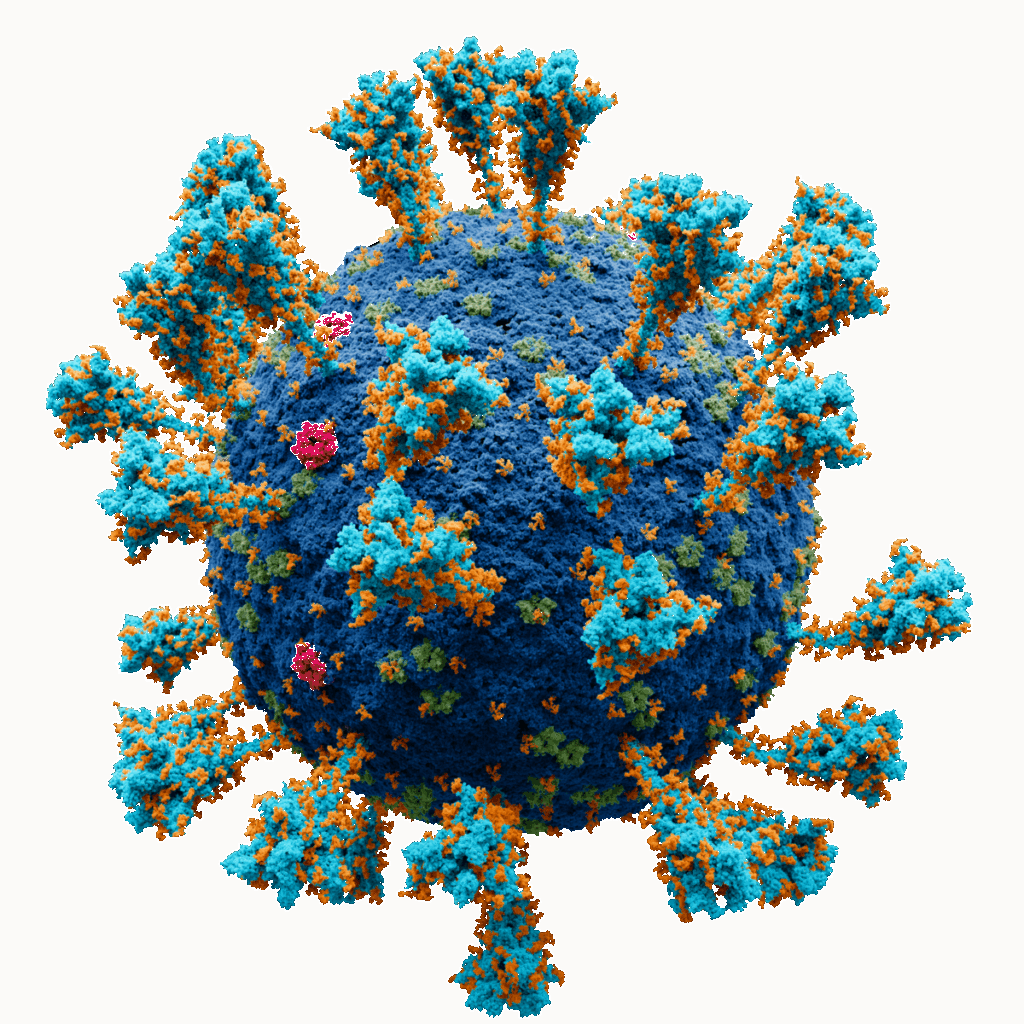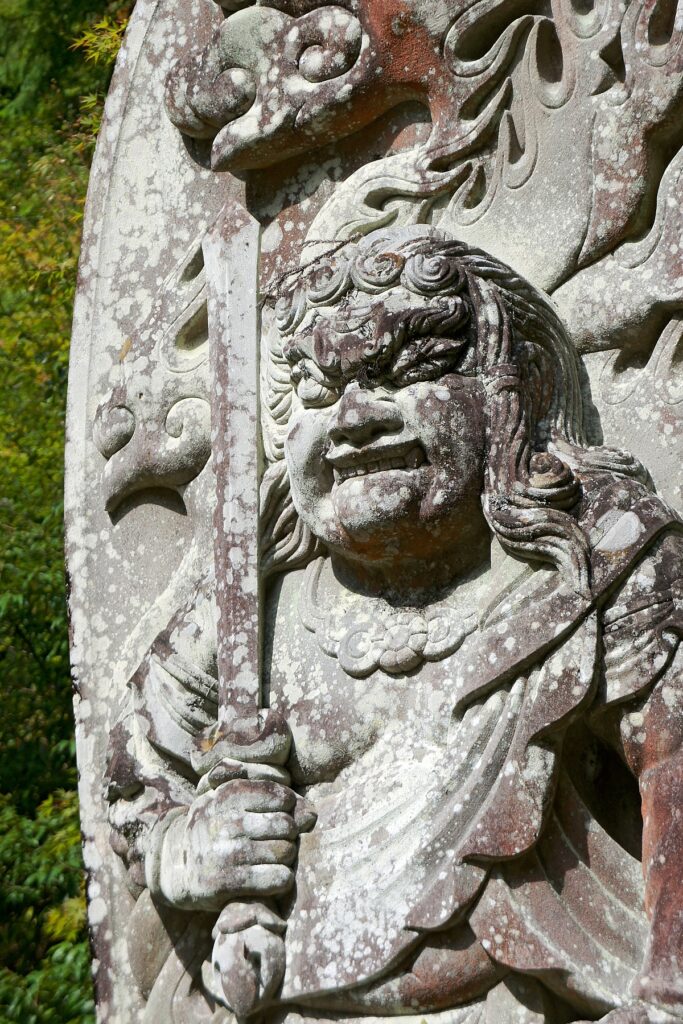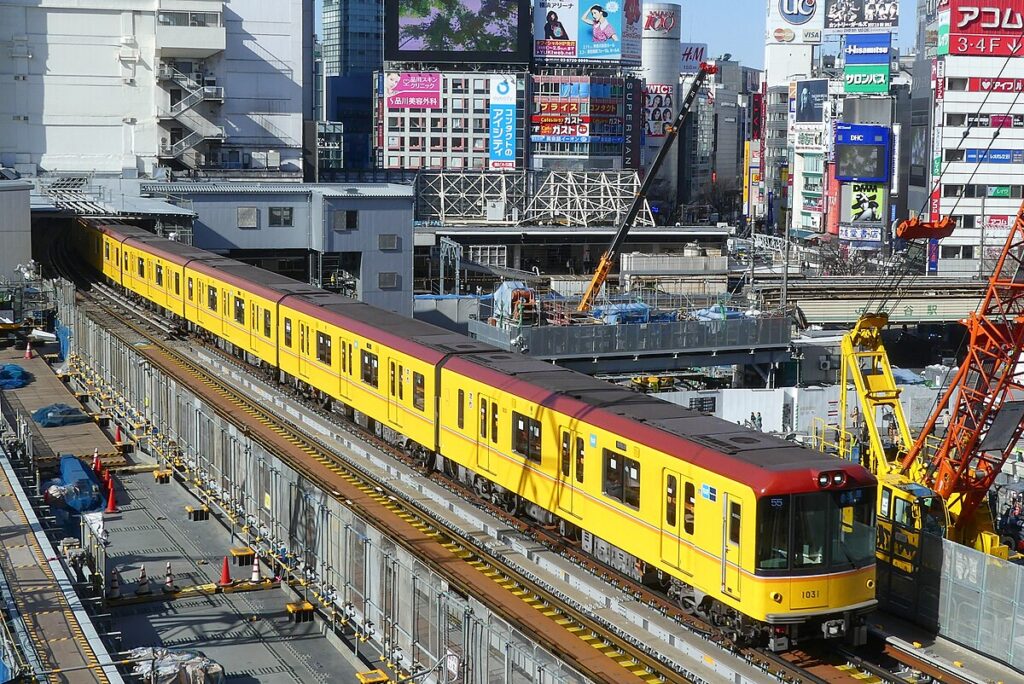Tourist attractions--archive--
-

Sagano Scenic Train (Ukyo Ward, Kyoto City, Kyoto Prefecture)
Overview (History, Features, and Attractions) The Sagano Scenic Railway (official name: Sagano Scenic Railway/Torocco Train) is a tourist train that connects Saga-Arashiyama in Ukyo Ward, Kyoto City, and Kameoka. Originally running on the old San'in Main Line, it was replaced by a new line in 1989 and then restored for tourist use in 1991. -

Toretore Market (Shirahama Town, Nishimuro District, Wakayama Prefecture)
Overview (History, Features, and Attractions) Toretore Market (official name: Toretore Market Nanki Shirahama) is a large fresh fish and specialty market located in Shirahama Town, Nishimuro District, Wakayama Prefecture. It offers a wide variety of products, including fresh seafood caught at fishing ports around Shirahama, local agricultural products, dried and processed fish, souvenirs, and restaurants, all under one roof... -

Kawagoe Festival Hall (Kawagoe City, Saitama Prefecture)
Kawagoe Festival Hall (Kawagoe City, Saitama Prefecture) — Overview The Kawagoe Festival Hall is a museum-like facility showcasing the charms of the Kawagoe Festival and its float culture, which have been passed down through the generations in Kawagoe City, Saitama Prefecture. Actual floats are on permanent display, and visitors can learn about the history and techniques of the festival through demonstrations of mechanical puppets and videos and documents related to the festival. -

Jingoji Temple (Ukyo Ward, Kyoto City, Kyoto Prefecture)
Jingoji Temple (Ukyo Ward, Kyoto City, Kyoto Prefecture) — Overview (History, Features, and Attractions) Jingoji Temple is an ancient temple nestled in the mountains of Takao, Ukyo Ward, Kyoto City. It is known for its tranquil atmosphere surrounded by deep forests and the abundant nature (especially the autumn foliage) that colors the stone steps and approach to the temple. It was founded in the Heian period... -

Omotesando (Shibuya Ward, Tokyo)
Overview (History, Features, and Attractions) Omotesando refers to the stylish and relaxed boulevard and surrounding area that runs along the border between Shibuya and Minato Wards in Tokyo. Originally developed as the approach to Meiji Shrine (Omotesando), it is a lush green area lined with zelkova and ginkgo trees. -

Takaragawa Onsen (Minakami Town, Gunma Prefecture)
Overview (History, Features, and Attractions) Takaragawa Onsen is a hot spring resort centered around Takaragawa Onsen Ousenkaku, a long-established hot spring inn located in Minakami Town, Tone District, Gunma Prefecture. It features a group of open-air baths with large rock baths along a mountain stream, and is a large-scale hot spring resort set amidst the natural scenery. -

Shimane Museum of Art (Matsue City, Shimane Prefecture)
Shimane Museum of Art (Matsue City, Shimane Prefecture) Overview (History, Features, and Attractions) The Shimane Museum of Art is a prefectural art museum located facing Lake Shinji, and its design, which blends in with the surrounding landscape, is a major attraction. Since its opening in 1999, it has served as a cultural hub for the region, showcasing contemporary art, Japanese painting, Western painting, prints, crafts, and more... -

Mount Katsuragi in Yamato (Gose City, Nara Prefecture)
Overview (History, Features, and Attractions) Mount Yamato Katsuragi is a mountain with an elevation of approximately 959 meters located in Gose City, Nara Prefecture, and is part of Kongo-Ikoma-Kisen Quasi-National Park. Since ancient times, the mountain has been linked to local faith and culture as the dividing line between Yamato and Kawachi (present-day Osaka Prefecture), and is a popular destination for mountaineering and hiking. -

The Osamu Tezuka Manga Museum (Takarazuka City, Hyogo Prefecture)
Overview (History, Features, and Appeal) The Osamu Tezuka Manga Museum, located in Takarazuka City, Hyogo Prefecture, is a specialized museum showcasing the achievements and world of manga and anime master Osamu Tezuka (1928–1989). Opened in 1994, the museum features original drawings and reproductions of Tezuka's works, screenings of anime films, and exhibits tracing his creative path. -

Pale ink cherry blossoms (Motosu City, Gifu Prefecture)
Overview (History, Features, and Appeal) The Usuzumi Sakura (Pale Ink Cherry Tree) is an ancient tree located in the Neo district of Motosu City, Gifu Prefecture, and is one of Japan's most iconic cherry trees. While there are various theories about the tree's age based on legends and estimates, it is generally believed to be over 1,000 years old (approximately 1,000-1,500 years old), and it has been designated a national natural monument.





